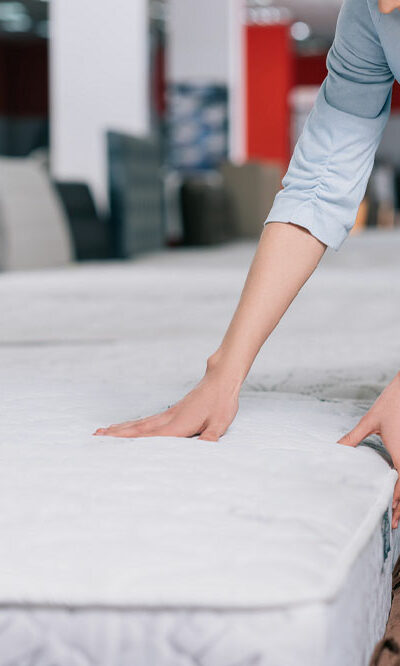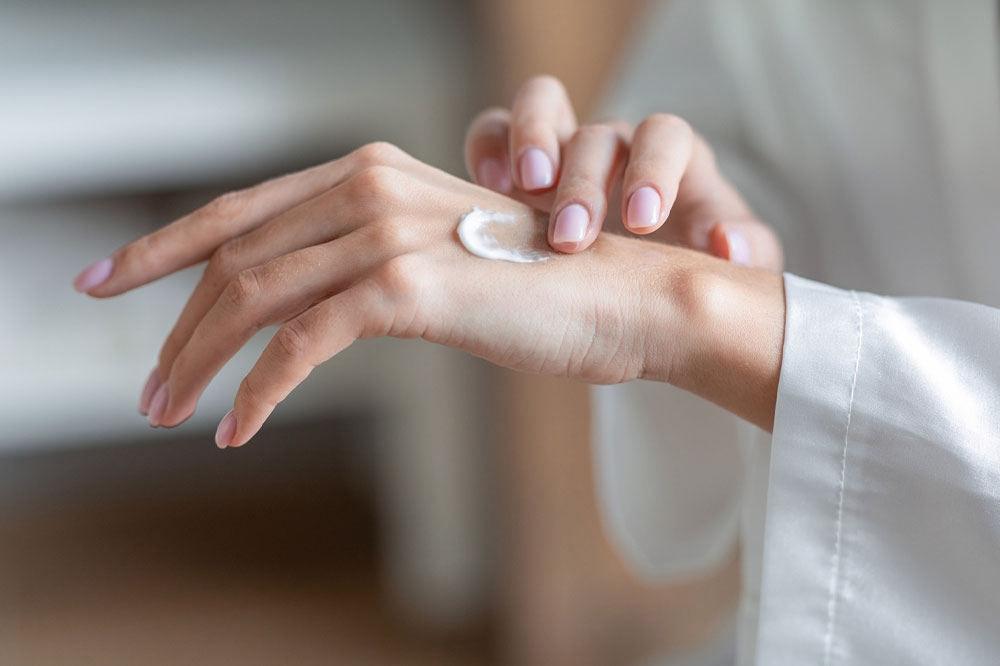13 mistakes to avoid when cleaning a bathroom

Maintaining a clean and hygienic bathroom is vital for one’s health and well-being. A clean bathroom also adds to the overall comfort and aesthetic appeal of a home. Although cleaning a bathroom may seem easy, there are potential mistakes that one should avoid to protect themselves and their bathroom from damage. Therefore, the following are some common cleaning mistakes that should be avoided to ensure a clean and hygienic bathroom.
Not dusting first
When cleaning a bathroom, it’s important to dust surfaces before using any cleaning products or water. Many people skip the dusting step and use water and chemicals, making things more difficult. Dust particles on surfaces become wet and sticky when mixed with cleaning products, making them harder to clean. To avoid this, it’s best to wipe surfaces with a microfiber cloth or feather duster before using water and cleaning products. This will ensure the surfaces are clean and dust-free before using the chemicals.
Using strong and harmful chemicals
Many believe using strong chemicals as cleaning products will ease the cleaning process. However, using them may have more adverse effects instead of benefits. So, one must note that certain chemicals are not suitable for all surfaces in the bathroom, as they could be abrasive and damage some surfaces. Moreover, some strong chemicals may also pose health risks and could damage the environment. So, it is better to choose gentler, eco-friendly cleaning products.
Using paper towels
Although paper towels are easily accessible, they may not be the most efficient option for cleaning bathroom surfaces. This is because they are not capable of removing soap scum, hard water stains, or stubborn grime effectively. Proper cleaning products, a brush, or a sponge are required to clean these. Additionally, paper towels are not suitable for cleaning the porous grout between tiles, which requires a deep cleaning solution and a brush. To get the job done right, it is better to use a grout cleaning solution and a brush to clean grout effectively.
Not disinfecting high-touch surfaces
A lot of times, when cleaning bathrooms, one can forget about disinfecting the high-touch surfaces. One must ensure that the high-touch surfaces in the bathroom, such as faucets, toilet flush handles, door handles, etc., are disinfected properly with an antibacterial cleaner or disinfectant wipes to prevent the spread of germs.
Neglecting to clean grout
One may neglect cleaning grout in the bathroom because it may require much more elbow grease than other surfaces. However, leaving tile grout unclean may prevent the bathroom from appearing spotless, even after hours of cleaning. Grout tends to gather dirt, bacteria, and mold, and it is essential to clean it with an effective cleaning solution.
Wiping surfaces immediately after spraying
It is common for people to hurry through their cleaning routine by wiping the surface as soon as they spray cleaning products on it. This approach may not be practical, as it does not allow the products to work optimally. So, for best results, one should spray the surface and wait a few minutes before wiping it clean. This way, the cleaning products will have enough time to dissolve and remove any dirt or stains, leaving the surface spotless.
Not using safety gear
Neglecting to use safety gear, such as rubber gloves and a face mask or a face shield, when cleaning the bathroom may harm one’s health. When unclean, bathrooms can harbor harmful pathogens with which one must avoid contact. Plus, certain cleaning products may emit harmful fumes, and to avoid inhaling them, it is crucial to shield the face.
Overlooking the shower curtains
Shower curtains and liners can collect soap scum and mildew, resulting in stains and unpleasant odors. To address this issue, it is essential to clean and scrub shower curtains and liners on a routine basis. Moreover, if they show wear and tear, one must consider replacing them.
Overlooking the bathtub
When cleaning the bathroom surfaces and tiles, it is important to remember to clean the bathtub as well. This is because, over time, soap scum, mineral deposits, and bacteria can accumulate in the bathtub, leading to an unsightly and potentially unhygienic bathing environment. And neglecting regular cleaning can make it challenging to remove these stubborn stains and grime.
Neglecting areas that are not visibly unclean
Neglecting areas that appear visually clean can be a common cleaning mistake. However, these areas may be harboring hidden dust, germs, and allergens that often lurk in seemingly clean spaces. Regularly addressing these less apparent areas is vital for maintaining a genuinely hygienic and healthy environment in the bathroom.
Storing cleaning products improperly
Storing cleaning products in a way that they get exposed to extreme temperatures or direct sunlight can lead to a decrease in their efficacy. Therefore, it is essential to ensure that cleaning products are stored in a cool, dry location, shielding them from the damaging effects of direct sunlight. Additionally, regularly verifying the expiration dates of cleaning solutions is vital to confirm their continued effectiveness and avoid any harmful effects they may have on health.
Neglecting ventilation
One must use proper ventilation during bathroom cleaning to protect themselves from inhaling harmful chemicals. Many cleaning products contain volatile compounds that can release toxic fumes when applied. Turning on the bathroom exhaust fan or opening windows provides adequate airflow, allowing these fumes to dissipate quickly and reducing the risk of respiratory issues or other health concerns.
Not cleaning regularly
Lastly, it is important to ensure that bathroom cleaning is done regularly. Waiting for an extended period after one cleaning session may lead to a lot of buildup of soap scum, grime, and mold. Eventually, this will make the next cleaning session even more challenging and time-consuming. To avoid this, it is advisable to establish a consistent cleaning schedule at least once a week.






